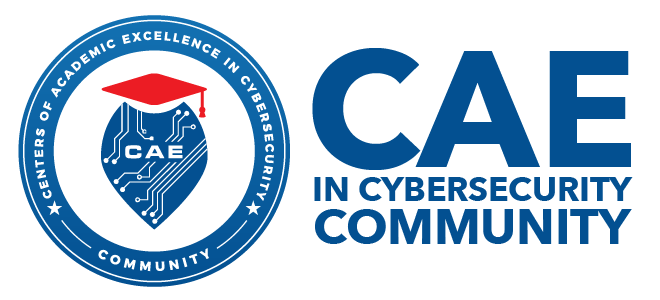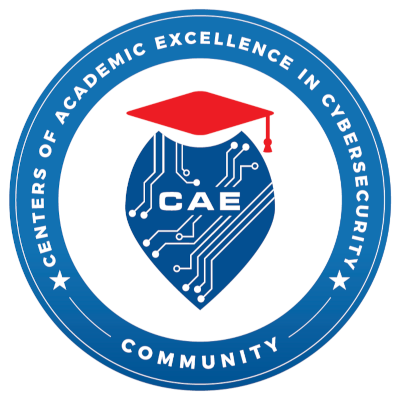Stepping-Stone Intrusion Detection using Crossover Packets
Stepping-stone intrusion is a hacking strategy in which an attacker sends attacking commands through compromised hosts, called stepping-stones, in order to remotely access a target host. These stepping-stones form part of a connection chain that serves as an intermediary between the target and attacker hosts, providing the attacker with increased anonymity and detection avoidance capabilities. It is well-known that a long connection chain with three or more connections often indicates malicious activities.

